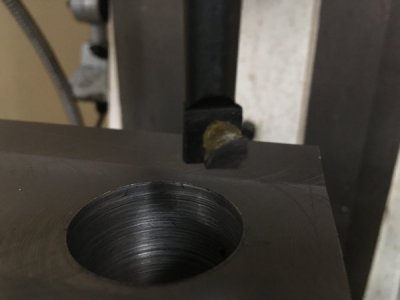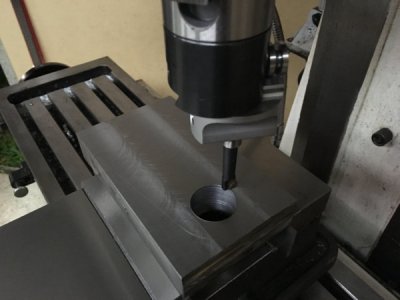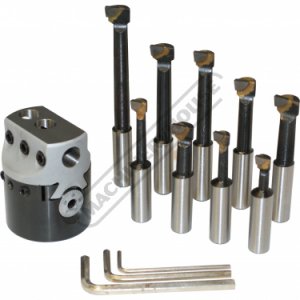- Joined
- May 8, 2014
- Messages
- 11
Hi All,
Let me start by saying I'm still new to machining and I try to research this stuff myself but thought it might be good to post here to get people in the know to answer this question.
I've bought a boring head kit and I'm not getting good results as far as finish goes.
I'm trying to bore a 40mm diameter hole in mild steel on the milling machine and the finish I'm getting is quite rough, not quite like a thread but nowhere near a smooth finish.
I'm currently running the machine (Hafco HM-50 turret mill) at its lowest speed which I think is 220rpm, not sure of the feed speed, feeding by hand.
Any advice would be appreciated.
Damo



Let me start by saying I'm still new to machining and I try to research this stuff myself but thought it might be good to post here to get people in the know to answer this question.
I've bought a boring head kit and I'm not getting good results as far as finish goes.
I'm trying to bore a 40mm diameter hole in mild steel on the milling machine and the finish I'm getting is quite rough, not quite like a thread but nowhere near a smooth finish.
I'm currently running the machine (Hafco HM-50 turret mill) at its lowest speed which I think is 220rpm, not sure of the feed speed, feeding by hand.
Any advice would be appreciated.
Damo



